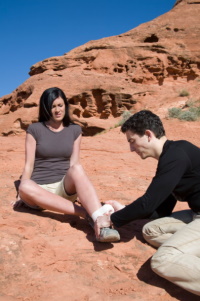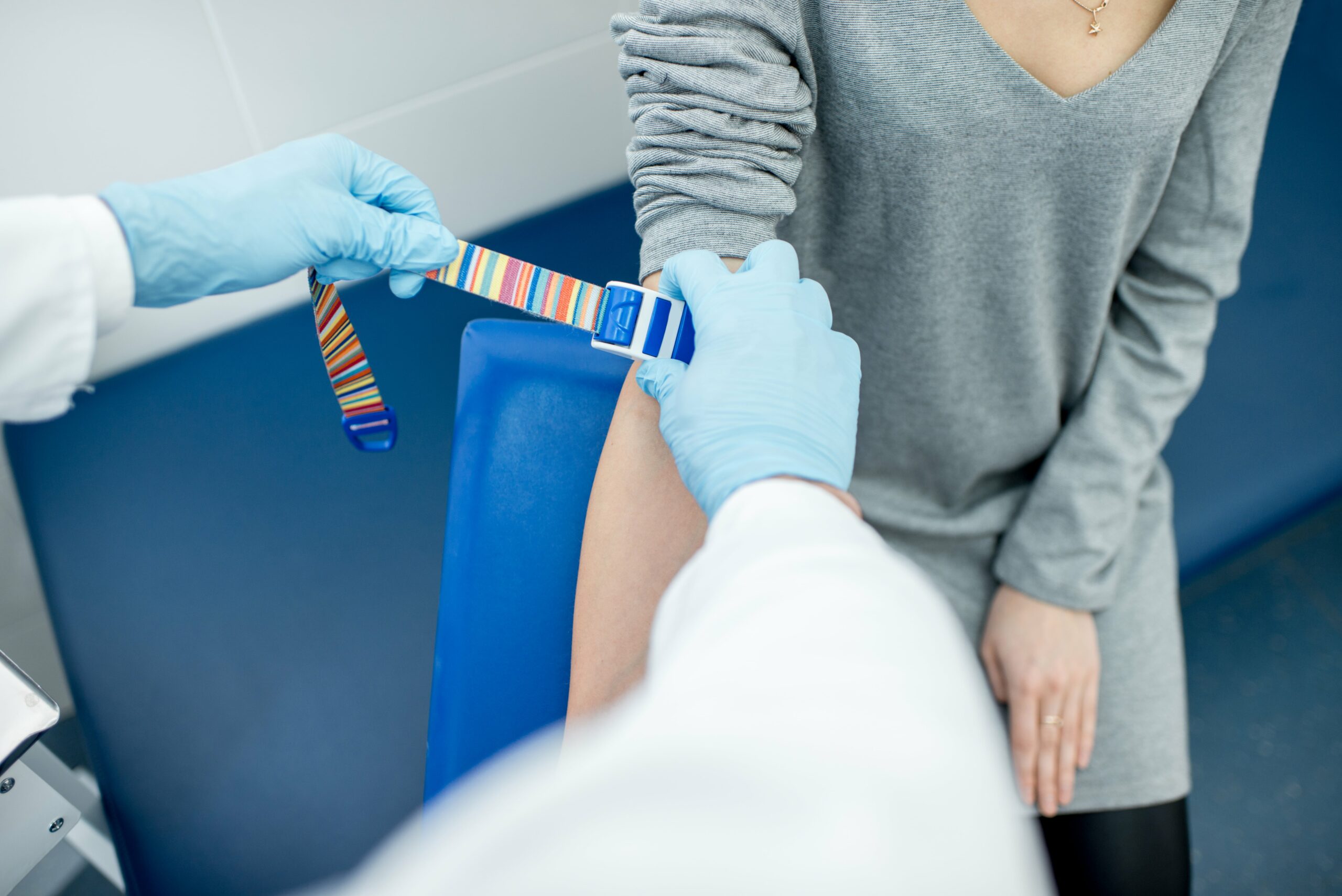Introduction
Cardiopulmonary resuscitation, or mouth-to-mouth resuscitation, is a life-saving strategy that's crucial in emergencies when a person's heart has actually stopped beating or they've stopped breathing. In such alarming circumstances, recognizing just how to carry out mouth-to-mouth resuscitation properly can make the distinction between life and fatality. One essential facet of supplying reliable CPR is recognizing the importance of taking turns on compressions This write-up will dig deep right into the art of effective CPR, discovering topics from standard vs innovative life support to public defibrillator usage.
Taking Activates Compressions: The Art of Reliable CPR
When it pertains to providing mouth-to-mouth resuscitation, taking turns on compressions is critical Check over here for preserving top quality chest compressions. It assists stop fatigue among rescuers and makes sure that the casualty obtains regular and reliable compressions. The suggested price for chest compressions is between 100 to 120 per minute, with a depth of a minimum of 2 inches for adults. Rescuers should switch over every two minutes or earlier if they feel fatigued.
Understanding Basic vs Advanced Life Support
Before diving right into the specifics of mouth-to-mouth resuscitation techniques, it's crucial to separate between fundamental and innovative life support (BLS vs ALS).
Basic Life Support (BLS)
BLS generally involves non-invasive treatments performed by laymans or initial responders learnt CPR. It concentrates on:
- Checking Responsiveness: Analyzing whether the person is conscious. Identifying No Breathing: Observing if the individual is not breathing or taking a breath abnormally. Administering Breast Compressions: Executing premium upper body compressions and rescue breaths if trained.
Advanced Life Assistance (ALS)
ALS incorporates more innovative medical interventions generally accomplished by health care specialists, such as paramedics or physicians. It includes:
- Use of innovative respiratory tract administration techniques Administration of medications Monitoring vital signs
Both BLS and ALS are necessary components of emergency situation action systems however offer different duties within patient care.
The Relevance of Inspecting Responsiveness
In emergency situations, quick decision-making can be lifesaving. Monitoring responsiveness should constantly be the very first step:
Shout and Shake: Delicately shake the casualty and yell noisally if they respond. Assess Feedback: If there's no feedback, proceed to check for breathing.Being able to recognize responsiveness can establish whether instant action is necessary.
Identifying No Breathing
Identifying no breathing is vital in verifying heart attack. After checking responsiveness:
- Look for chest rise. Listen for breath sounds. Feel for air versus your cheek.
If there's no typical breath within 10 secs, call for help promptly and begin upper body compressions.
Maintaining Composure During CPR
Administering mouth-to-mouth resuscitation can be stressful; therefore preserving composure is vital:
- Focus on your task handy; your actions might save a life. Take deep breaths before beginning if you really feel anxious.
Remember, panic can lead to blunders-- clear reasoning leads to better outcomes.
Public Defibrillator Usage: A Lifesaver
Another crucial part in cardiac arrest circumstances is using Automated External Defibrillators (AEDs):
Locate an AED: Many public locations currently have AEDs accessible. Follow Instructions: AEDs provide voice prompts; follow them carefully. Attach Cushions Properly: Make sure pads are put appropriately on birthday suit-- one pad on the top right chest and one on the reduced left side.Using an AED raises survival chances considerably when utilized quickly together with CPR.
The Duty of BLS Accreditation in Reliable CPR
Obtaining a BLS accreditation equips individuals with crucial skills:
- Understanding just how to examine responsiveness Identifying no breathing Administering reliable upper body compressions
Courses typically cover both adult and pediatric circumstances, making it indispensable for caretakers, educators, and work environment security teams.
The Mechanics Behind Taking Switches On Compressions
Taking turns on compressions involves methodical sychronisation among rescuers:

This method protects against exhaustion and preserves high-quality compression standards essential for effective resuscitation efforts.
Lower Compression Depth: Why It Matters
Maintaining proper compression depth is crucial in making sure blood flow throughout cardiac arrest:
Adult Deepness: A minimum of 2 inches (5 cm) Child Deepness: Regarding 1/3 the depth of their chest Infant Depth: About 1 1/2 inches (4 cm)Lower compression depths fall short to produce sufficient blood flow-- ensuring appropriate deepness directly associates with survival rates.
Slow Compression Rate-- A Misconception?
Some might believe that slowing down compressions improves effectiveness; nevertheless:

- Studies reveal that keeping a quick rate in between 100 -120 per minute yields far better outcomes.
If you're not familiar with this rate, consider making use of tracks like "Surviving" as an acoustic guide!
FAQs Concerning Efficient CPR Techniques
Q1: What ought to I do first when I witness someone collapse?
A1: Examine responsiveness by shouting at them and drinking them carefully; if unresponsive, call enroll in childcare first aid training emergency services immediately.
Q2: Exactly how often need to I take turns performing compressions?
A2: Ideally switch over every 2 mins or quicker if you feel fatigued; clear communication guarantees smooth transitions.
Q3: Can any person do CPR?
A3: Yes! Any individual learnt basic life support can provide mouth-to-mouth resuscitation successfully up until expert assistance arrives.
Q4: What duty does an AED play in heart emergencies?
A4: An AED examines heart rhythm and supplies shocks if necessary-- when combined with mouth-to-mouth resuscitation, it significantly raises survival chances!

Q5: Do I require unique training to utilize an AED?
A5: No! Most AEDs are created for convenience of usage with visual/audio motivates leading you via each step-- training boosts confidence but isn't mandatory!
Q6: How long ought to I continue CPR?
A6: Proceed until medical professionals arrive or till you are as well worn down to continue safely-- every second counts!
Conclusion
Mastering the art of effective cardiopulmonary resuscitation calls for method, knowledge concerning fundamental vs sophisticated life assistance principles, comprehending exactly how to check responsiveness, determining no breathing circumstances rapidly, preserving calmness throughout stressful circumstances, employing public defibrillator use when readily available-- this comprehensive understanding culminates in effective treatment techniques during emergencies.
By concentrating on critical facets like taking turns on compressions while guaranteeing adherence to medical facility codes and methods-- also during moments full of stress and anxiety-- a solid foundation constructs confidence that translates into enhanced sufferer end results!
So furnish yourself with BLS accreditation today since your readiness could simply conserve a person's life tomorrow!
First Aid Pro North Hobart (RTO 31124) is one of Australia’s leading providers of accredited First Aid and CPR training. We specialise in Basic Life Support, CPR & First Aid, NDIS HISS, Advanced First Aid and many other accredited courses. Our training is both convenient and comprehensive, combining online and face-to-face learning options to suit your needs. Keep your first aid certificates up to date with same-day certification upon completion. Plus, find a lower price, and we’ll instantly beat it by 10%! Conveniently located at the Braille Library, at the back of Rydges Hobart at 393 Argyle Street, North Hobart, TAS 7000. Visit our website for course dates, directions and parking details
First Aid Pro North Hobart (RTO 31124) is one of Australia’s leading providers of nationally accredited First Aid and CPR training. We deliver a wide range of courses, including Basic Life Support, HLTAID009 CPR, HLTAID011 Provide First Aid, HLTAID012 Childcare First Aid, NDIS HISS, Advanced First Aid and more. Our training is flexible and convenient, with online, blended and face-to-face options available to suit your schedule. Enjoy same-day certification so you can keep your qualifications current without delay. With our Price Beat Guarantee, if you find a lower price, we’ll beat it by 10%. We are conveniently located at the Braille Library, behind Rydges Hobart, 393 Argyle Street, North Hobart TAS 7000. 👉 Visit our website to view upcoming course dates, directions and parking information.